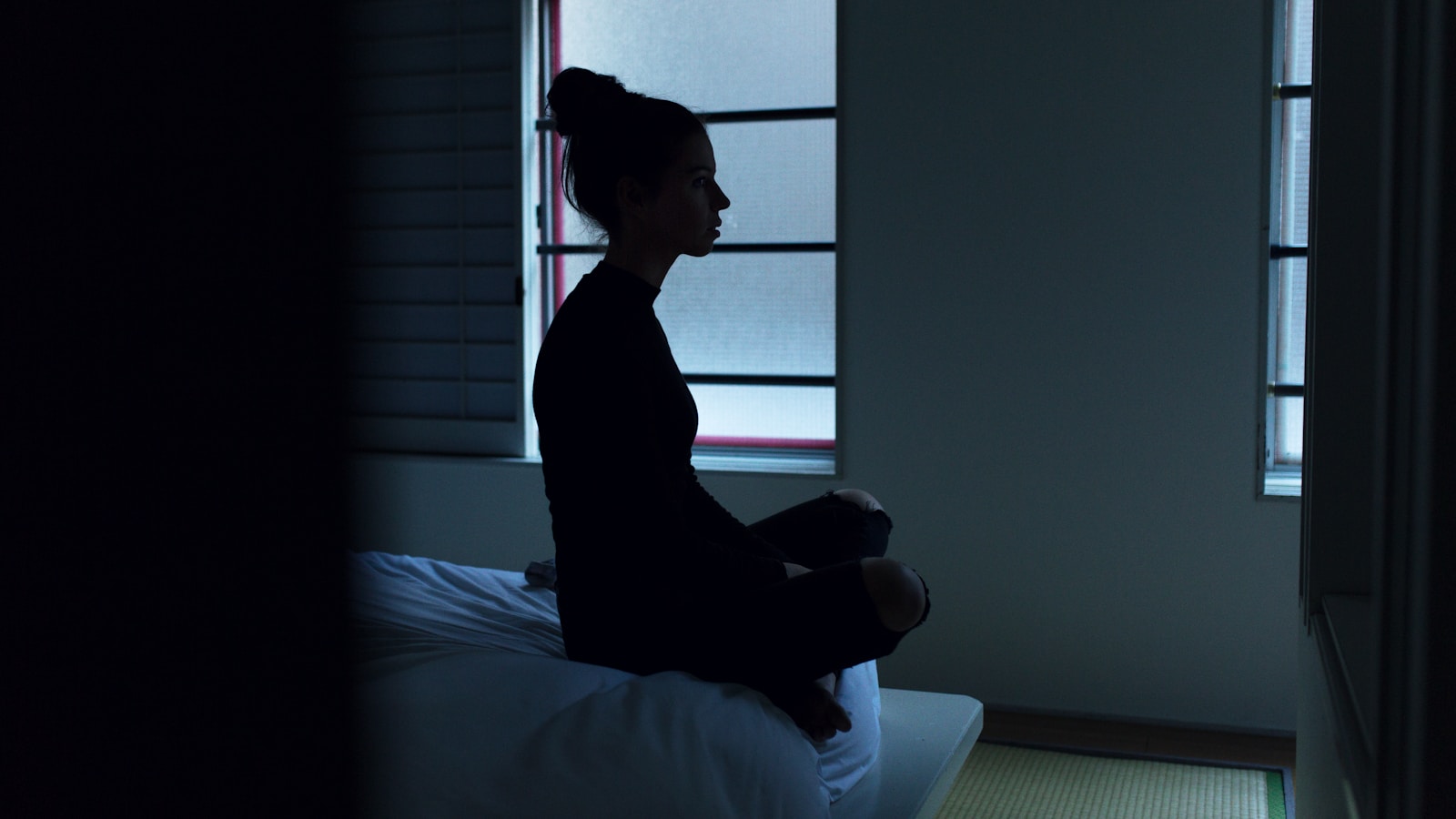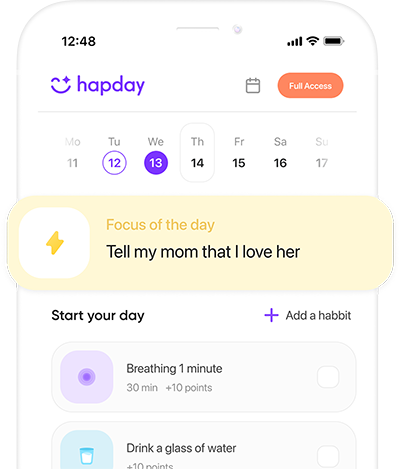1. Introduction
In the hustle and bustle of today’s world, we expect relationships to be our sanctuary—a source of comfort and connection. Yet, sometimes, what should nourish us begins to sap our emotional vitality instead, evolving into toxic environments. Recognizing the signs of such a relationship? Not easy, especially when you’re deeply rooted in it. Spotting these red flags, however, is essential for safeguarding your mental health.
2. Table of Contents
- What is a Toxic Relationship?
- Sign 1: Constant Criticism and Belittling
- Sign 2: Lack of Trust and Honesty
- Sign 3: Emotional Manipulation
- Sign 4: Isolation from Friends and Family
- Sign 5: Loss of Individuality
- Why People Stay in Toxic Relationships
- How to Break Free from a Toxic Relationship
- Moving Forward: Building Healthy Relationships
- Conclusion
- References
3. What is a Toxic Relationship?
Before identifying signs, let’s explore what exactly defines a toxic relationship. According to the Journal of Interpersonal Violence, these relationships involve behaviors that are harmful—emotionally and sometimes physically. There’s often a power dynamic at play, marked by control, manipulation, and emotional abuse.
The Science Behind Toxic Relationships
Research from the American Psychological Association shows that toxic relationships can ramp up stress, anxiety, and depression. They don’t just take a psychological toll but can also harm physical health—think nasty outcomes like a weakened immune system or even higher odds of chronic illnesses. Who needs that?
4. Sign 1: Constant Criticism and Belittling
Constant criticism is a hallmark of a toxic union. Constructive criticism? Sure, it’s vital for personal growth. But toxic criticism? It’s designed to belittle and chip away at your self-esteem. Think derogatory remarks about how you look, your brainpower, or what you’re capable of.
The Impact of Constant Criticism
Turns out, the National Institute of Mental Health has found that constant criticism does long-term damage. It can reduce self-worth and spike anxiety. In such relationships, criticism often serves as a tool for control.
How to Recognize This Sign
- Negative Comments Galore: Are your partner’s remarks supportive—or perpetually negative?
- Public Humiliation: If they’re mocking you publicly, that’s a glaring red flag.
- Gaslighting: Does your partner dismiss their critical ways, blaming you for being “too sensitive”? That’s gaslighting.
5. Sign 2: Lack of Trust and Honesty
Trust is the bedrock of any strong relationship. When it cracks—whether through frequent lies or lack of honesty—it crafts a toxic setting. This could show up as frequent deceit, secrecy, or even infidelity.
The Role of Trust in Relationships
Research from the University of California highlights how trust issues can emotionally distance partners. Without trust, suspicion grows, and insecurities wave their ugly flags, complicating relationship health.
Indicators of Trust Issues
- Stealth Mode: If your partner’s secretive about their life, that’s not a good sign.
- Accusation Storms: If you’re often accused of cheating, it could be their own insecurities talking.
- Double Standards: Are you held to standards they don’t bother to meet?
6. Sign 3: Emotional Manipulation
Toxic relationships often feature emotional manipulation, where someone uses tactics to control your emotions and behavior, even making you question your own reality.
Understanding Emotional Manipulation
The Journal of Social and Personal Relationships defines this as deliberate emotional coercion for personal gain. This manipulation ensnares you, sometimes leaving you guilty, bewildered, and reliant on the manipulator.
Common Manipulation Tactics
- Silent Treatment: Withholding communication as a penalty.
- Guilt-Tripping: Making you feel responsible for events you have no control over.
- Love-Bombing: Showering you with attention, only to pull back later to manipulate.
7. Sign 4: Isolation from Friends and Family
Isolation serves as a formidable control tool in toxic relationships. It involves distancing you from your support system, leaving you reliant solely on your partner.
The Dangers of Isolation
As the Journal of Marriage and Family outlines, isolation can spark loneliness and depression. It’s a ploy to cut off outside perspectives on your relationship.
Recognizing Isolation
- Discouraged Socializing: Are you urged to distance from your social circle?
- Drama and Conflicts: Are issues and arguments suddenly keeping you from meeting loved ones?
- Communication Surveillance: Someone keeping tabs on your interactions? That’s controlling.
8. Sign 5: Loss of Individuality
In toxic dynamics, you may find yourself losing sight of who you are. This erosion of self often happens as you prioritize your partner’s needs while neglecting your own.
The Importance of Maintaining Individuality
Psychological studies highlight how vital individuality is for keeping a relationship balanced and healthy. Losing yourself could breed resentment and lead to emotional burnout.
Signs of Losing Yourself
- Altering Core Beliefs: Are you changing your values just to mirror your partner’s?
- Dropped Interests: Have hobbies you once loved been sidelined?
- Feeling Trapped: Is there a sense of being stuck, unable to break free?
9. Why People Stay in Toxic Relationships
Why do individuals stick around in toxic scenarios? It’s a tangled web involving emotional dependency, fear of solitude, and societal pressures.
The Cycle of Abuse
The National Domestic Violence Hotline breaks this down into phases—tension-building, incident, reconciliation, calm. This cycle spins a false hope that things might get better, complicating the decision to leave.
Emotional Dependency
The Journal of Personality and Social Psychology finds that emotional dependency warps perceptions, making toxic norms seem, well, normal—a tough barrier to break.
10. How to Break Free from a Toxic Relationship
Taking the leap towards freedom takes courage and a robust support network. Here’s how to start:
1. Acknowledge the Problem
Admitting you’re in a toxic situation is the first step. Be honest about what’s happening.
2. Seek Support
Confide in friends, family, or counselors to gain perspectives and plan an exit.
3. Establish Boundaries
Create clear boundaries to defend your mental and emotional welfare. Convey them to your partner and stay firm.
4. Plan Your Exit
Develop a solid plan. Review your finances and living arrangement. Know where you’ll find sanctuary.
5. Focus on Self-Care
Prioritize your healing. Dive into activities that soothe your mind and body. It’s okay to grieve and mend.
6. Professional Help
Therapy aids in processing your emotions and boosting self-esteem. A professional can offer strategies to forge healthier relationship patterns.
11. Moving Forward: Building Healthy Relationships
Leaving behind toxicity opens the path to cultivating healthy relationships. What does that look like?
- Mutual Respect: Honor each other’s opinions and boundaries.
- Trust and Honesty: Foster trust with openness and reliability.
- Effective Communication: Actively listen and share feelings clearly.
- Equality: Share decisions and duties.
- Support: Encourage individual growth and personal achievements.
12. Conclusion
Spotting and addressing the elements of a toxic relationship are vital to your happiness and well-being. By being aware of these warning signs, you can shield yourself and forge healthier bonds. If you’ve noticed any of these signs


This article really hits home! It’s easy to overlook the signs of a toxic relationship when you’re so invested. I used to think constant criticism was just my partner being honest, but now I see it was harmful. I’m working on setting boundaries and prioritizing self-care. Thank you for sharing this!
I can relate! It took me a long time to realize that not every comment needs to be ‘constructive.’ Sometimes, it’s just mean. Learning to recognize these signs is the first step towards healing!
Honestly, the lack of trust is what stood out most for me. If you’re constantly worried about your partner’s honesty, that’s a huge red flag! Relationships should feel safe and secure, not like a minefield of accusations.
Absolutely! Trust issues can spiral quickly if left unchecked. It’s important to communicate openly about feelings instead of letting them fester.
“Emotional manipulation”—what a powerful phrase! It’s crazy how some people can twist your feelings against you without you even realizing it until it’s too late. This content is incredibly enlightening; I’m glad I stumbled upon it!
“Nightowl23,” I totally agree! It’s such an insidious tactic that leaves you questioning your own sanity. Awareness is key in avoiding these traps!
“Isolation from friends and family” hit home for me too! It’s alarming how easily someone can pull you away from your support system without you noticing until it’s almost too late.
“Brave_soul76,” yes! That isolation makes it so hard to see things clearly. It’s like living in a bubble where only negativity thrives.
“Brave_soul76,” I’ve been there as well—it’s exhausting trying to keep everything under wraps while feeling so alone.
“Loss of individuality” really resonates with me; I lost myself completely in my last relationship! It feels liberating just reading this and knowing others have experienced similar struggles.
This article provides a necessary perspective on toxic relationships. I appreciate how it breaks down the signs and offers clear steps to take if one finds themselves in such a situation. It’s refreshing to see resources that prioritize mental health and emotional well-being. I believe everyone should read this; it might save someone from unnecessary pain.
While the article raises important points, it feels a bit one-sided. Relationships are complex, and not every criticism or lack of trust means toxicity. Sometimes partners are just having rough patches or miscommunication issues. It’s essential to explore both sides before labeling someone as toxic.
The statistics mentioned throughout the piece are quite enlightening! The correlation between toxic relationships and physical health is especially noteworthy. It’s essential that we start recognizing these dynamics not just as emotional issues but as serious health concerns that can have broader implications for our lives.
I find the premise of this article somewhat troubling. It paints relationships in black-and-white terms, failing to acknowledge that many couples work through difficulties without resorting to such drastic measures as breaking up. It is overly simplistic to categorize complex human interactions so neatly; perhaps more nuance is needed.
‘Spotting red flags? More like spotting a carnival of confusion.’ Honestly, if anyone believes all these signs apply universally, they might be overthinking everything! Relationships have ups and downs, and a little criticism now and then doesn’t make someone toxic—it makes them human! Lighten up!
‘Emotional manipulation’? Is that what we’re calling my partner forgetting my birthday again? Sure, let’s blame it on ‘toxicity’ instead of acknowledging human flaws! We all have quirks; maybe we should focus on communication rather than creating labels for every little disagreement.
‘The cycle of abuse’ section really resonated with me. It’s true—understanding these cycles is crucial for anyone trying to navigate their relationship dynamics thoughtfully. I think recognizing emotional dependency is vital; many don’t realize how much it influences their choices in love and life.
‘Isolation’ being defined here seems extreme—sometimes people just want to spend time together without friends around! If you love someone, wanting them all to yourself isn’t necessarily bad—it’s called intimacy! Overanalyzing everything only creates further distance in relationships.
The suggestion to seek professional help is commendable! Therapy can truly provide individuals with tools they need for self-discovery and growth. Recognizing one’s worth is crucial when making tough decisions about ending toxic relationships—so kudos for emphasizing mental health support!